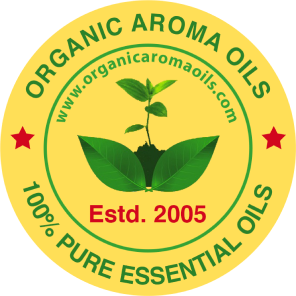Extraction Method
Extraction Methods Followed by Us to Prepare High Quality Essential Oils and other Products:
- Steam Distillation: The steam distillation method is followed by extracting oil from different parts of the plant that are sensitive to high temperatures. The natural aromatic compounds are purified by this method. The purification process is done by putting the substances under steam and lowering their boiling points. Several natural resources are combined to extract essential oils in this process. The steam distillation process aims to separate components at low boiling temperatures.
- CO2 Extraction: Carbon Dioxide (CO2) is another popular extraction process used for extracting plant essence and essential oils. Carbon dioxide is a gas that turns into fluid under specific pressure and temperature. This fluid is supercritical in dissolving natural elements of plant parts. At the normal temperature, CO2 returns to the gaseous state, leaving behind pure aromatic herbal extract called essential oil.
- Hydro Distillation: Hydro distillation is a traditional essential oil extraction method. In order to extract oils, one needs a container, a condensing apparatus, a receiving flask, and different parts of plants or wood. A condensation method is applied to separate water and oil. The final product is collected in the receiving flask.
- Solvent Extraction: The solvent extraction method, as the name implies, uses solvent with the ability to dissolve components. It is better than the distillation process as it is an energy-efficient process that can produce essential oil in large quantities in a continuous operation. This method separates compounds based on their relative solubilities into two different immiscible liquids, such as water and organic solvents. Solute transfers from feed solution to solvent. The extract is the solvent containing solute and the feed solution does not contain any solute.
- Cold Pressed Extraction: This extraction process is mainly used for extracting pure and natural oils from seeds. The oil retains all properties of seeds which are milled and pressed, followed by filtration and decantation.

